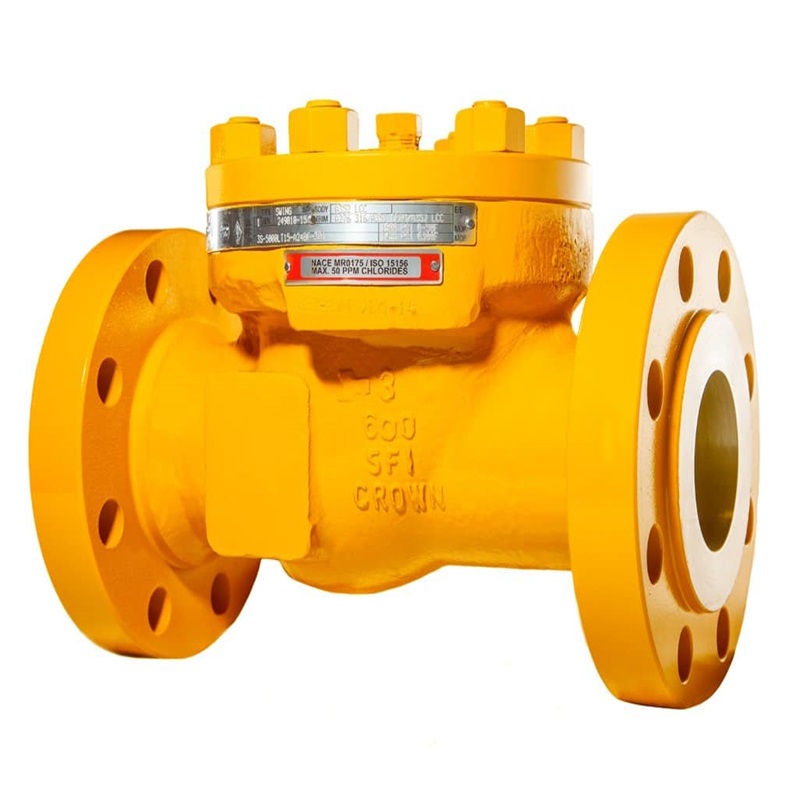A check valve, also known as a non-return valve, one-way valve, or isolation valve, is a valve that automatically opens and closes its valve disc based on the flow of the medium itself. Its primary functions are to prevent the reverse flow of the medium and the reversal of pumps and driving motors, thereby protecting the normal operation of pipelines and equipment.
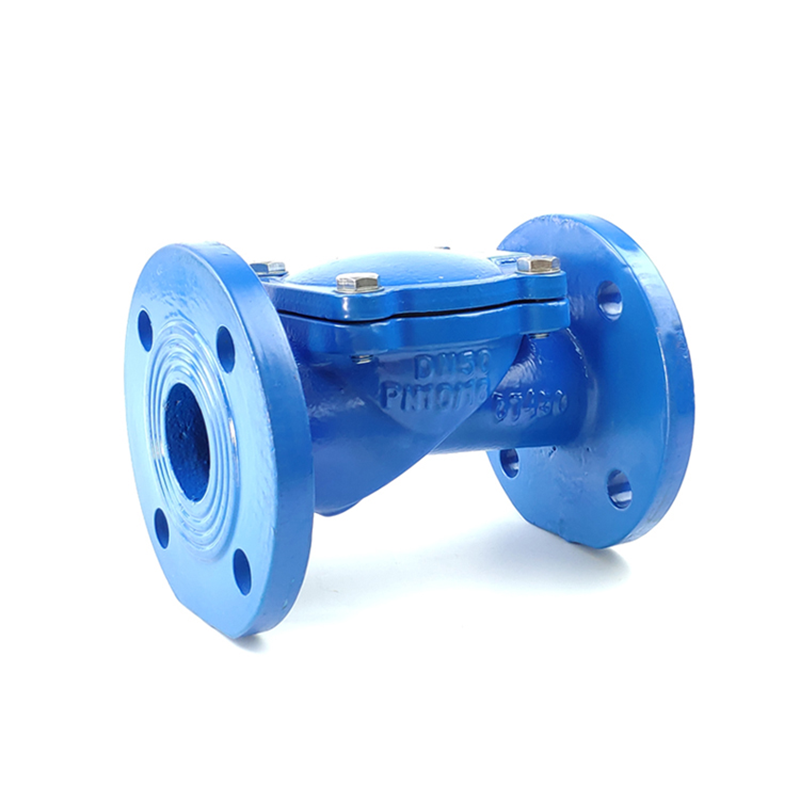
Check valves can be classified into various types based on their structure and installation methods. Common types include swing check valves, lift check valves, butterfly check valves, and diaphragm check valves. Swing check valves have a disc-shaped valve disc that rotates around the pivot axis of the valve seat passage, making them suitable for large-diameter applications with low flow rates and infrequently changing flows. Lift check valves have a valve disc that slides along the vertical centerline of the valve body, often installed on horizontal pipelines, and they exhibit relatively high fluid resistance.
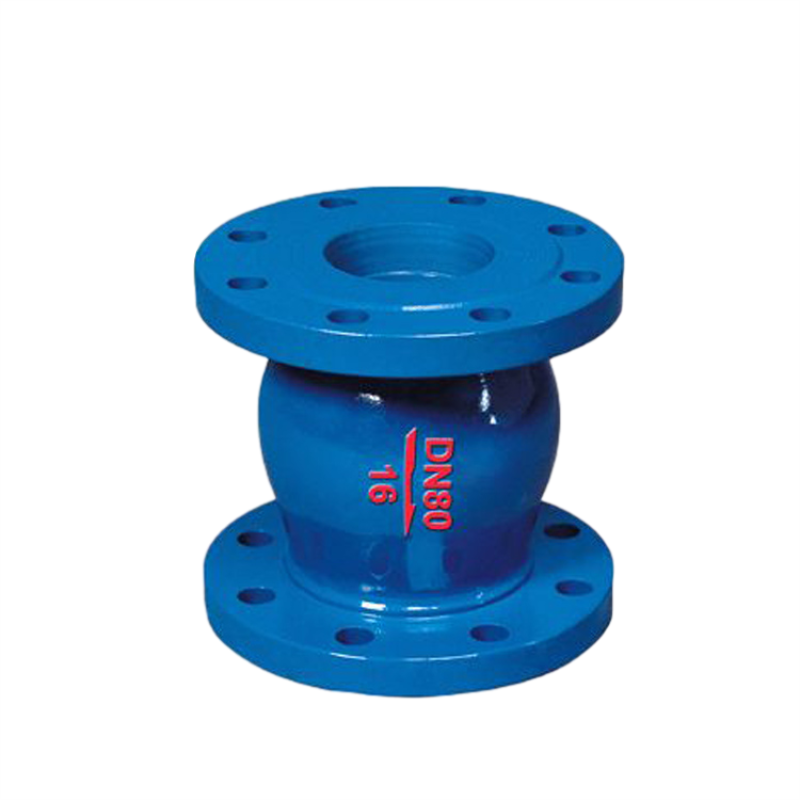
Butterfly check valves resemble butterfly valves in structure but have poorer sealing performance. However, they offer lower flow resistance and are suitable for installation on horizontal pipelines. Diaphragm check valves use a diaphragm as the opening and closing component, featuring a simple structure and low cost. They are commonly used on pipelines prone to water hammer, but their operating temperature and pressure are limited by the diaphragm material.
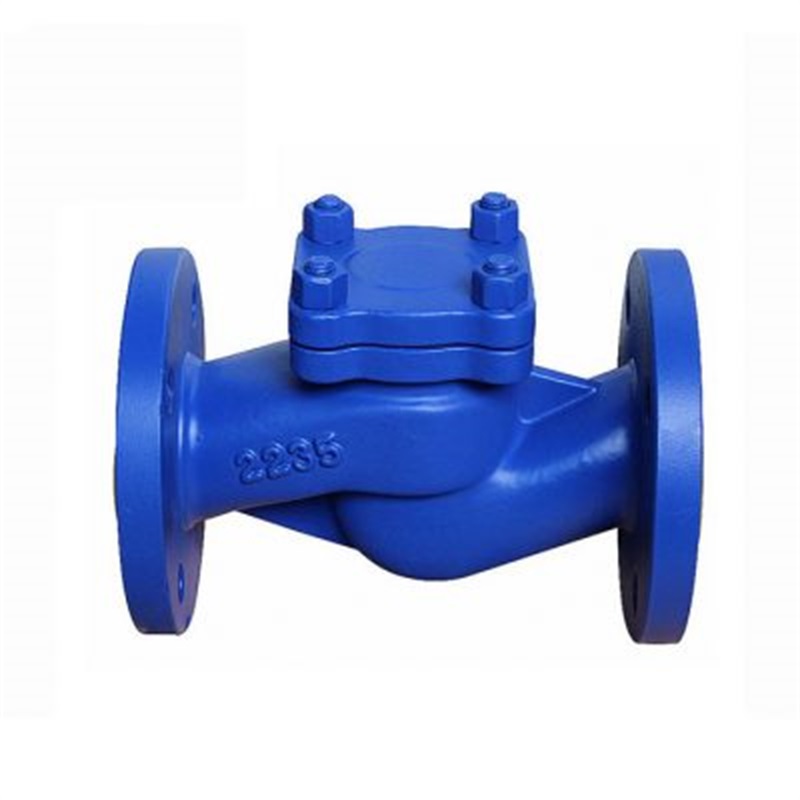
Furthermore, check valves can also be classified by material and function. Common materials include cast iron, brass, and stainless steel. Functionally, there are silent check valves, rubber disc non-return valves, double-disc non-return valves, and other types.
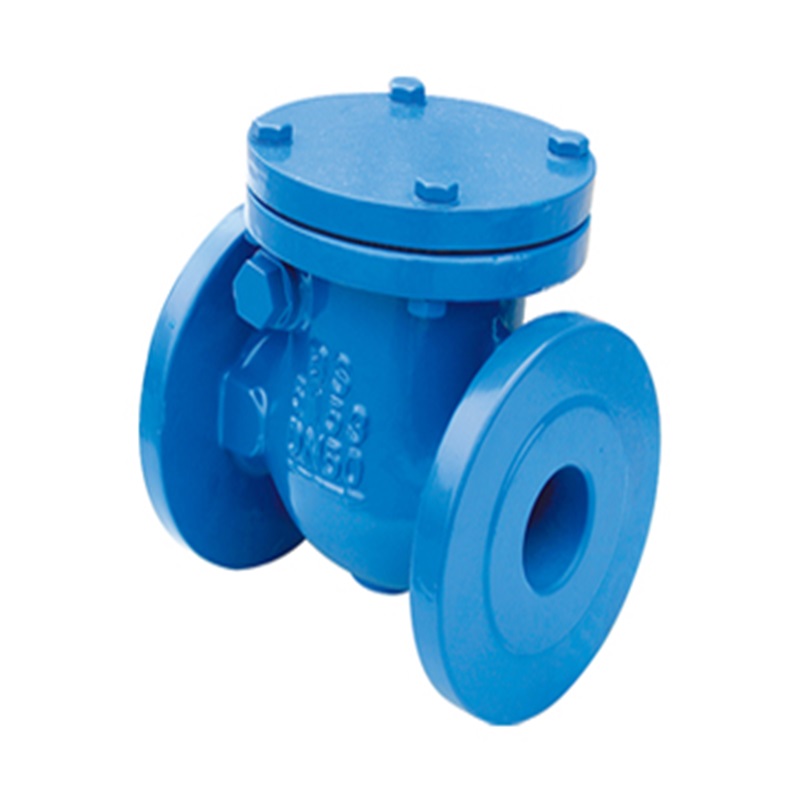
When installing check valves, special attention must be paid to the direction of medium flow to ensure that the normal flow direction of the medium aligns with the arrow direction indicated on the valve body, thereby preventing the normal flow of the medium from being interrupted.
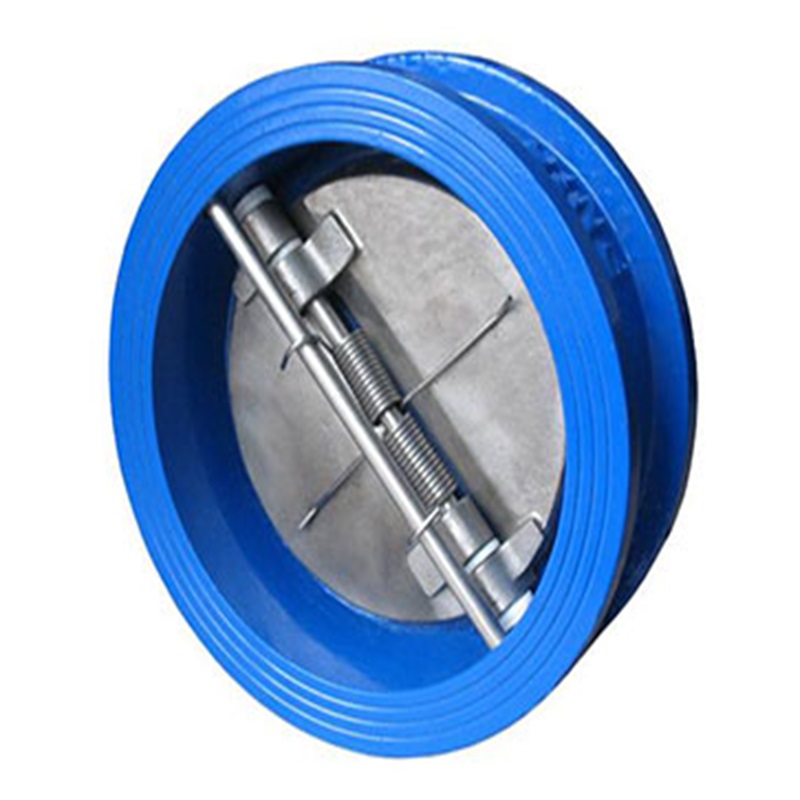
In general, check valves play a crucial role in fluid systems, and their correct selection and installation are essential for protecting pipelines and equipment.
